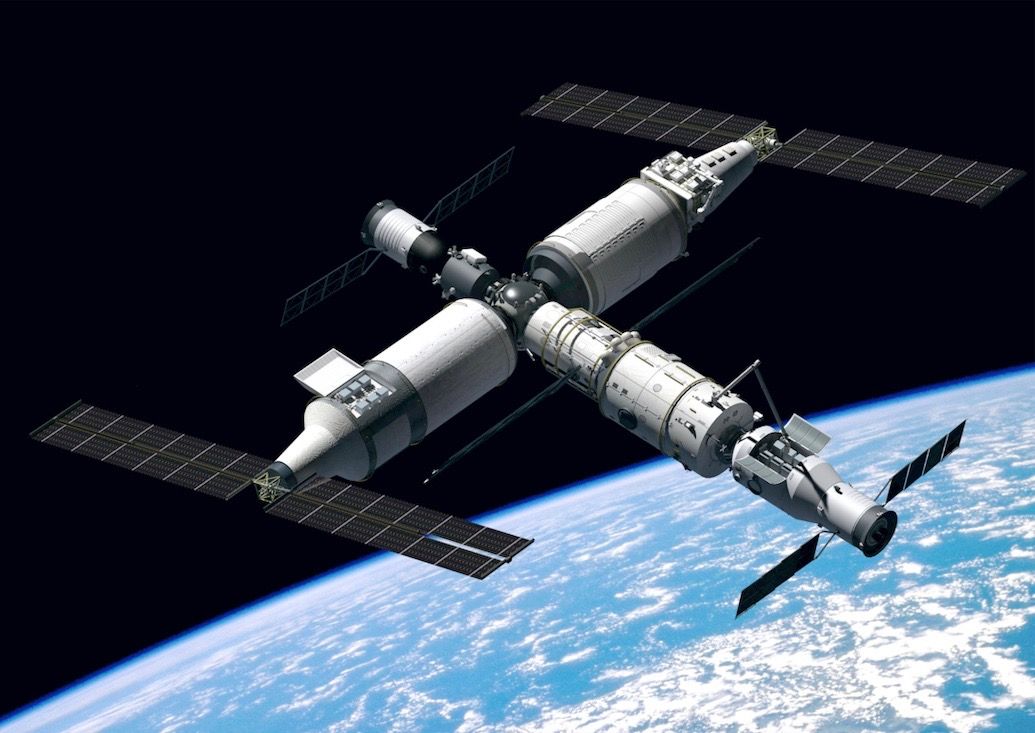
The next five years in space may be even more busy than the previous five.
The white paper outlines the nation's plans and priorities for the next half-decade of spaceflight and exploration. The document makes clear that the country plans to build on the successes of recent times, such as returning moon samples to Earth and starting the assembly of a space station.
The white paper states that in the next five years, China will integrate space science, technology and applications while pursuing the new development philosophy, building a new development model and meeting the requirements for high-quality development.
The document says that it will start a new journey towards becoming a space power.
The latest news about China's space program.
The white paper states that China launched 207 space missions. The nation is not satisfied with its current stable of launch vehicles.
The document states that in the next five years, China will improve the capacity and performance of its space transport system and move faster to upgrade launch vehicles.
The core module of China's new space station was launched in April 2021, and the country sent two astronauts to the space station in June and October. The country plans to finish building the station this year and launch two other modules, known as Wentian and Mengtian.
The Xuntian space telescope is being built by China and will dock with the space station periodically.
The new document states that Xuntian will launch within the next five years. The space station will get quite a workout during that stretch; astronauts will live there on long-term assignments and conduct a variety of research and maintenance activities.
China wants to put boots on the moon in the relatively near future, a bold goal that will get a lot of attention over the next five years. The white paper states that over the next half-decade, China will continue studies and research on the plan for a human lunar landing, develop new-generation manned spacecraft and research key technologies to lay a foundation for exploring and developing cislunar space.
The Chang&e 4 mission became the first to land on the far side of the moon. In December 2020, Chang&e 5 brought pristine lunar samples back to the Earth, the first time that had been done since the 1970s. In February of 2021, China launched its first interplanetary mission, called Tianwen 1. In May of that year, a rover named Zhurong separated from the Tianwen 1 and landed on the Red Planet.
Over the next five years, China plans to make more robotic exploration successes. The nation will launch the Chang'e 6 sample-return mission to a lunar polar region and perform a precise landing in the moon's polar regions, according to the white paper.
According to the document, China will launch a mission that will return samples from an asteroid and study a comet. There is more.
In the next five years, the nation will complete key technological research on Mars sampling and return, exploration of the Jupiter system, and study plans for boundary exploration of the solar system, according to the white paper.
Boundary exploration is an apparent reference to a mission that would send twin probes to the edge of the heliosphere and beyond. According to SpaceNews, China wants to launch that mission in the mid-2020s.
China's Space Program: A 2021 Perspective is the fifth five-year space exploration plan that the country has published. The new document can be read in English.
Mike Wall is the author of Out There, a book about the search for alien life. You can follow him on social media. Follow us on social media.